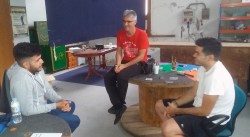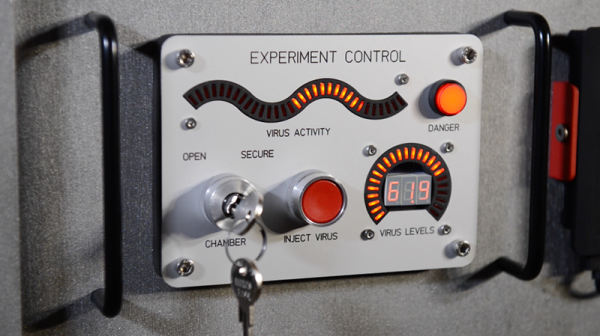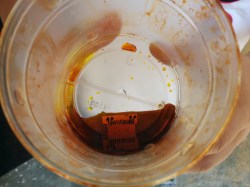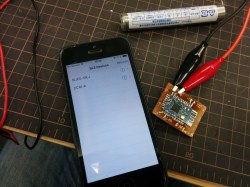In the last few weeks, we’ve been seeing a remarkable growth in the entries to The Hackaday Prize. This is due in no small part to World Create Day, a worldwide celebration of building stuff. It’s a worldwide buildathon with hackerspaces all around the globe. Now we’re getting a peek at the results of these gatherings, the videos are posted, and we’re simply gobsmacked by what was created during World Create Day.
Spinal Cord Hacks
The gang over at the Blusson Spinal Cord Center in Vancouver put together a two-day event for World Create Day. The goal of this event was to build a lipsync; a device that enables people with limited use of their hands to use touchscreen devices. It looks like a ray gun, but it’s actually a sip-and-puff device entered into last year’s Hackaday Prize.

Gardening in Cyprus
The Limassol Hackerspace in Cyprus had what is probably the best World Create Day out of all the hackerspaces who took part. Why? Grilled meat, of course.
Instead of trying to improve the entire world, the team at the Limassol hackerspace decided to think locally. Improving their own hackerspace with an automated irrigation system for their vegetable garden, planting vegetables, and building a barbecue took up most of the events of the day. One member even built a few serving platters out of sections of a eucalyptus trunk. These sections of tree cracked, but with the clever application of a CNC router, this hackerspace was able to inlay a few butterflies in the wood. It looks great, and even better with a pile of skewered, grilled meat.
The Osaka Makers’ Space
A few of the members at the Osaka Makers’ Space — like most of us — are interested in miniature robot battles. The first part of the event was, of course, spent tinkering with these tiny robots. A few members of the space made a breakout board for a BLE module, coding it so it could be voice-activated. No, that’s probably not the best way to control a battling robot, but you should do what you want, not what other people think is best.
Also during World Create Day, a few members of the space built three tiny chairs for children. The kids, unfortunately, were busy watching Sesame Street. But hey, at least the screw holes were doweled up. Also on the roster for Osaka’s World Create Day was fixing a broken MacBook Air. The fan quit, and the repair involved soldering wires from the fan to pads on the motherboard.
La Orotava
 The folks at the Orotava Hackerspace put on a great event for World Create Day. Wait, where’s Orotava? It’s a town on the island of Tenerife, in the Canary islands. No, the birds are named after the islands, and the islands are named after the dogs.
The folks at the Orotava Hackerspace put on a great event for World Create Day. Wait, where’s Orotava? It’s a town on the island of Tenerife, in the Canary islands. No, the birds are named after the islands, and the islands are named after the dogs.
While they didn’t have hordes of hackers come to a Hackaday meetup on an island in the middle of the Atlantic (St. Helena meetup, anyone?), the Orotava hackerspace did have a few people show up to discuss Hackaday Prize projects. The interesting projects generated from this discussion included an automatic farming robot, mobility problems for mental patients, and a low-cost bandsaw.






 Right now, the tests are much smaller in scale than the tens of thousands of gallons you’d find at a water treatment plant. In fact, the test rig is only a 16-ounce mason jar. While this isn’t large enough to precipitate pollutants out of a household water supply, it is big enough for a proof of concept.
Right now, the tests are much smaller in scale than the tens of thousands of gallons you’d find at a water treatment plant. In fact, the test rig is only a 16-ounce mason jar. While this isn’t large enough to precipitate pollutants out of a household water supply, it is big enough for a proof of concept.



























